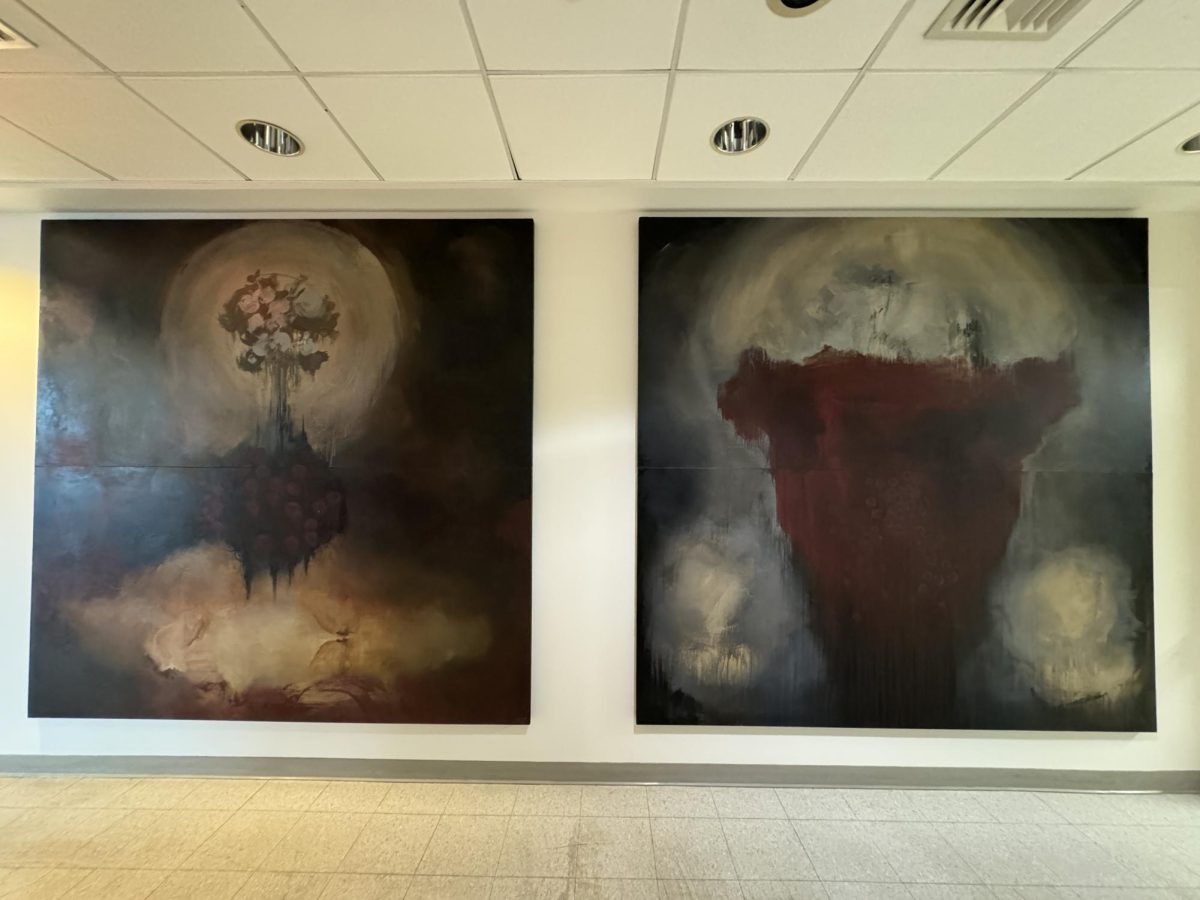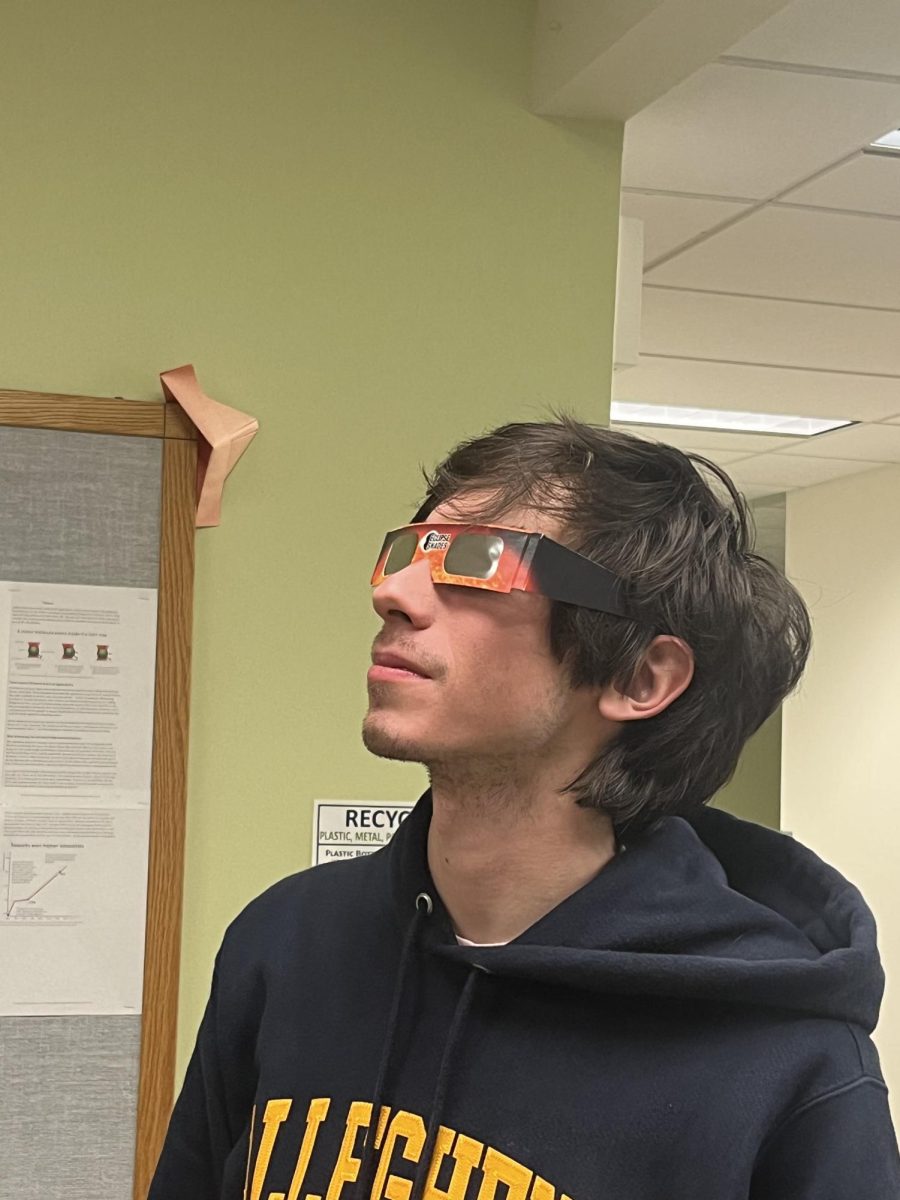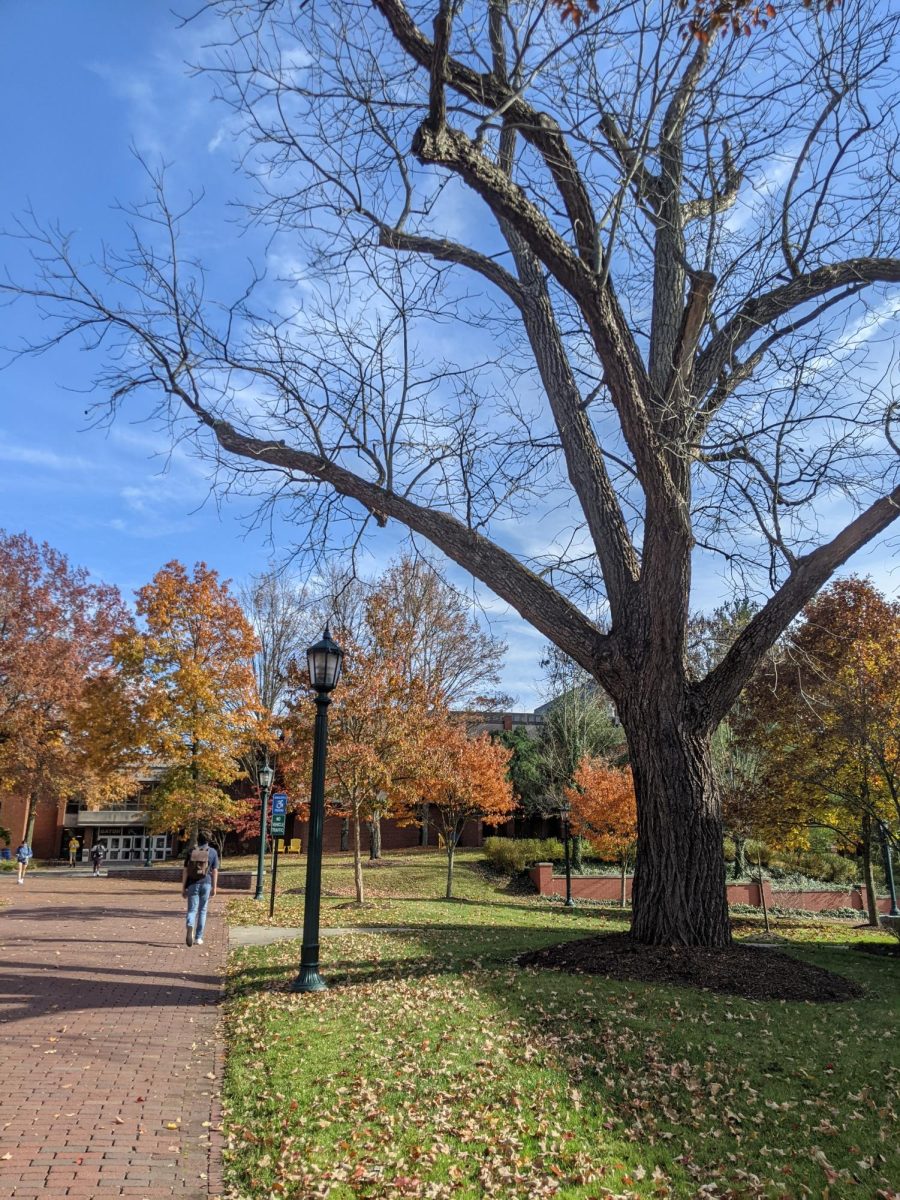If you’ve been anywhere on campus for the past month, you’ve most likely noticed a number of things; Gator Quad construction, art gallery showings, football games and other numerous events and happenings. However, you may have noticed one ever-present thing that’s a popular conversation topic: Wi-Fi. Ever since the beginning of the semester, internet connection has been hard to come by, constantly going in and out or not working at all.
The fall 2023 semester has proven to be a challenging year for the Information Technology team, who have been taking tickets from students and staff alike concerning internet connections.. For IT, its been their mission to make the current day better than the last, at least as far as the internet is concerned. In an interview last week, Systems Adminstrator Doug Tomer and Chief Information Officer Katrina Yeung spoke about their experience working to fix problems ranging from simple internet connections to repairing multidirectional cables from across state lines.
First, Yeung explained how the internet works on campus. Two 10-gigabyte fiber-optic cables from Pittsburgh and Cleveland connect to a router in the Pelletier Library, providing connection to the wider internet. After going through a firewall, it connects to a core switch, which is “the brains of the network,” according to Yeung.
Cable lines physically go from the core switch to each building. One switch is for wired networks — including cameras and door locks — while the other is for wireless connections. As for the issues with connectivity, Yeung says it’s the instability of the core switch.
“We’re struggling with the viability of what was installed, and so we’re working to get new equipment to stabilize the network,” Yeung said. “The first piece we’ll get is this core switch. Once we have that, the wired network should stabilize a ton and we’re hoping that we’ll see some improvement in the Wi-Fi then.”
Because of this massive strain on IT, it has been difficult to work on other problems that they might have otherwise been better equipped to deal with. Tomer said his work as a systems administrator has been interrupted as a result of devoting his time to this problem.
“I’ve had to put a hold on a lot of that work to concentrate on helping out with the network work,” Tomer said. “As has the rest of the ITS team.”
Yeung added that, since IT is such a small team, there’s been times when it becomes a requirement to spend time even outside of work to give their aid.
“Everybody has stepped up to contribute in any way possible — working extra long hours, doing work outside of their normal job functions,” Yeung said.
She acknowledged that even though some students may not feel this way with how things have been progressing so far, the team has been operating actively to alleviate this issue.
This problem not only affects students, but professors too. Associate Professor of Computer and Information Science Gregory Kapfhammer spoke about the inconvenience this has caused for his classes. Kapfhammer had published course materials and lesson plans to a globally available website he had built himself, ProactiveProgrammers.com.
“Each faculty member creates their own course platform, and it’s perfectly designed for source code and data,” Kapfhammer said.
Syllabi, learning objectives and even slides and projects were all publicly reachable to computer science students all across the world. However, these resources have not accessible for those at Allegheny.
“The unfortunate irony is that when we don’t have a reliable network at Allegheny College, people outside of Allegheny are better able to access our course materials than the people at Allegheny,” Kapfhammer said.
It becomes difficult for professors who work primarily online and with online materials to continue teaching their classes, according to Kapfhammer. Because of the simplicity of completing work on a laptop, sharing source codes and data through websites like ProactiveProgrammers.com and GitHub.com, work for the Computer and Information Science department becomes a previously unrecognized issue.
“Frankly, it’s incredibly difficult for us to be able to teach any computer science material to any computer science student at any level in our curriculum,” Kapfhammer said.
Although internet connection issues, the college has been working with students to ease any problems. Students can check out ethernet cables alongside adapters at IT or Pelleter Library. In the coming weeks, Starlink satellite dishes will be placed in the Henderson Campus Center and Brook’s Blue Lounge to provide additional network support.
As IT continues to work long hours to get the Wi-Fi back up and running, the team remains confident in their ability to get things back online.
“We will get there!” Yeung said.
The science behind Wi-Fi: How the network works
Story continues below advertisement





